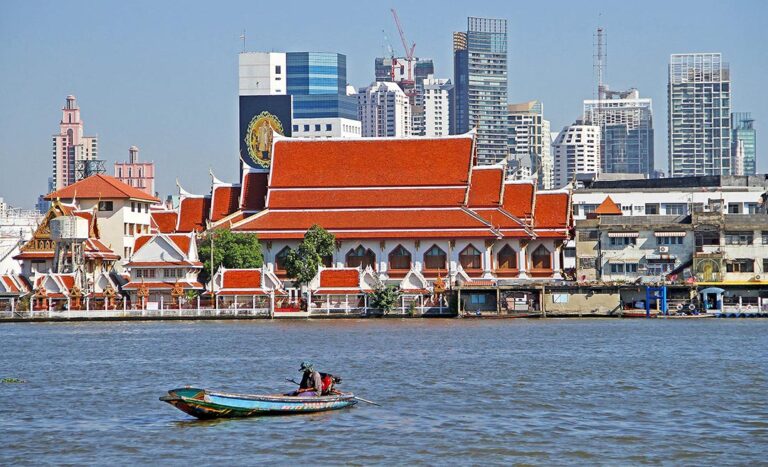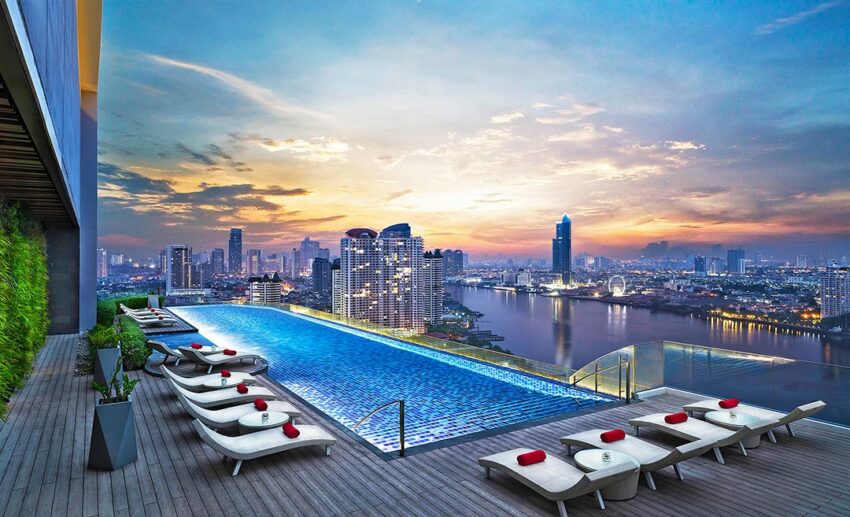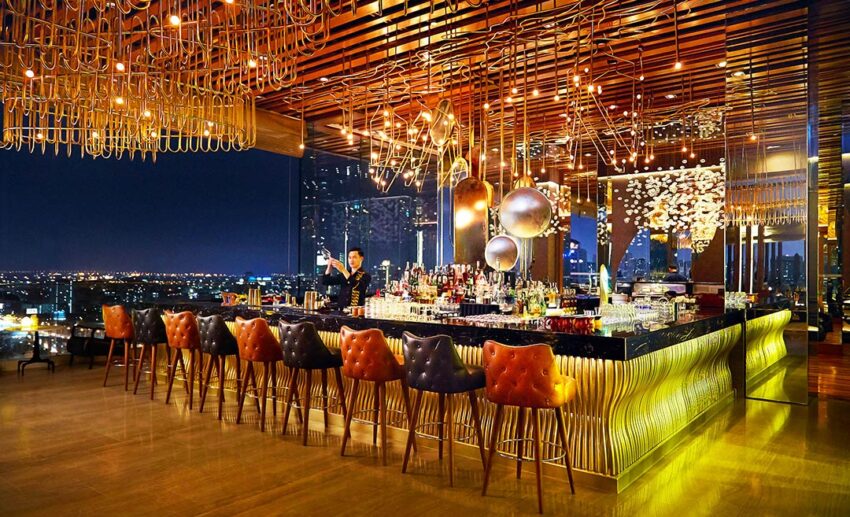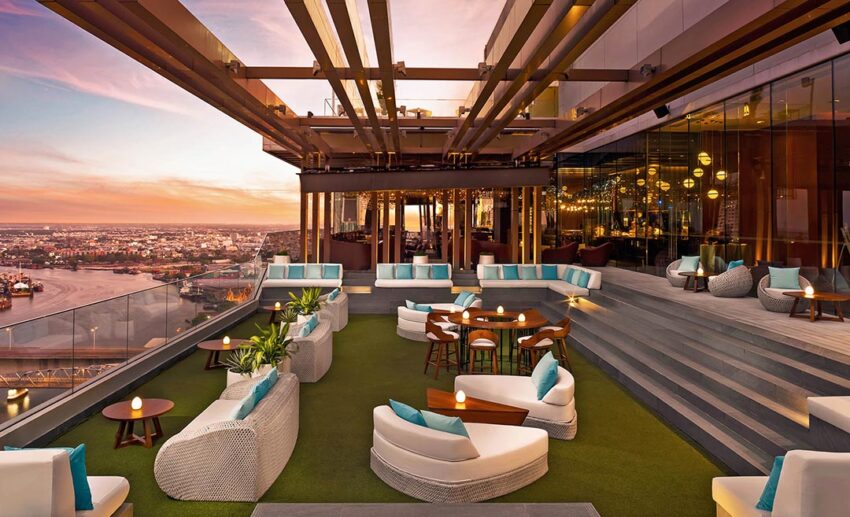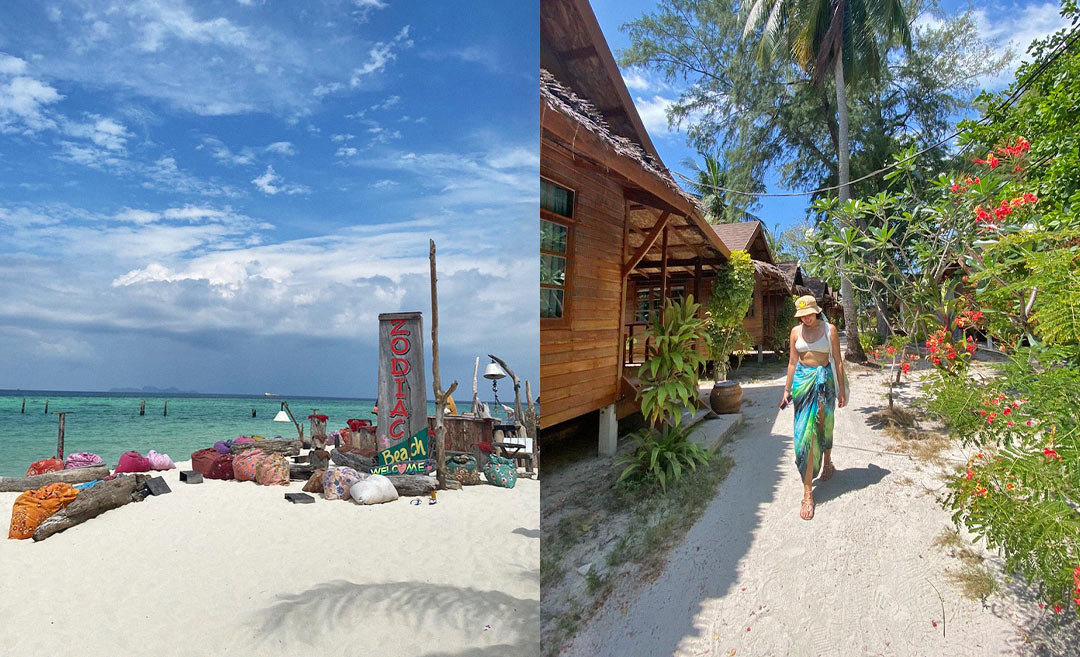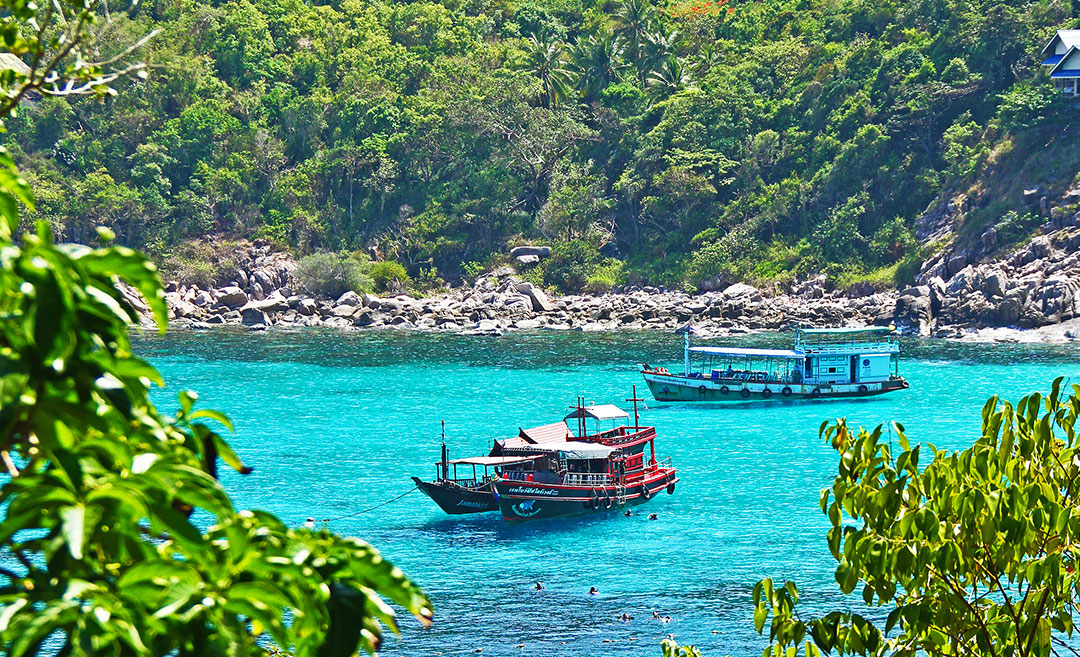The mighty Chao Phraya that runs right through the heart of Thailand’s capital city, Bangkok, is known as the River of Kings. Royal barge ceremonies are staged here and undersized tug boats constantly haul overladen barges to their destination. Ferries dart across the river and others zip along it transporting goods and people to their destination.
River life has always fascinated me, and on my recent visit to Bangkok, I decided to take a closer look. Many of the city’s leading hotels are within sight of the Chao Phraya, but it was the Anantara Riverside Resort that captured my attention. The property is designed as a retreat that wouldn’t look out of place on a Thai island let alone in one of the most populated cities on the planet.
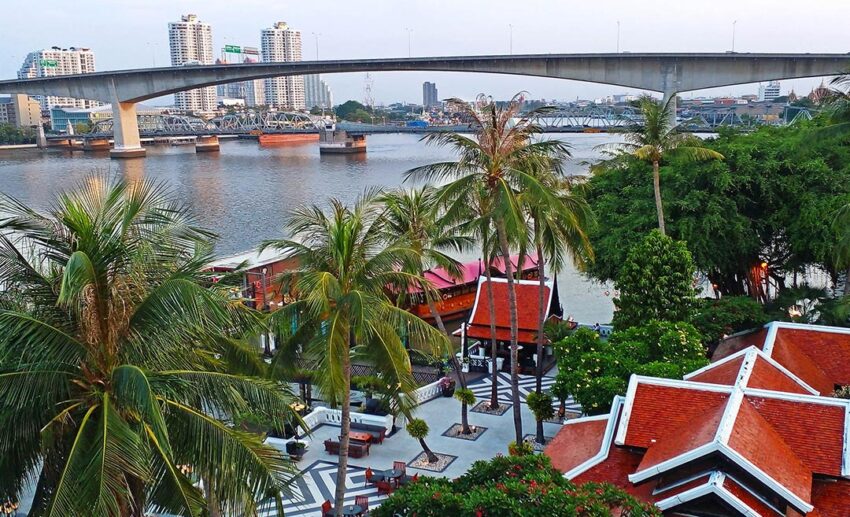
Like most riverside hotels, the Anantara provides a shuttle service to Sathorn Pier for trains on the Skytrain network or ferries like the Chao Phraya Express. Apart from admiring the lively river traffic from my spacious hotel balcony, I wanted to use Bangkok’s increasingly efficient river transport network to explore some of the city’s leading tourist attractions.
Climate change candidate
During Bangkok’s rainy season, it becomes apparent as to just how low-lying the Thai capital is. The average height in the city is just 1.5m above sea level. During the rainy season, flooding is something most in Bangkok experience as there isn’t much leeway for floodwaters to flow away into the Gulf of Thailand.
These waters flow from the Chao Phraya, which meanders through the city. Its headwaters are the Ping and Nam Rivers which start up north with the Ping flowing through Chiang Mai and the Nan, having its headwaters in the mountainous northeast.
The river as it currently exists isn’t as it was originally, as canals have been cut to shorten the distance between some meanders. Smaller klongs — or canals —radiate from the main river with many of these serviced by ferry boats.
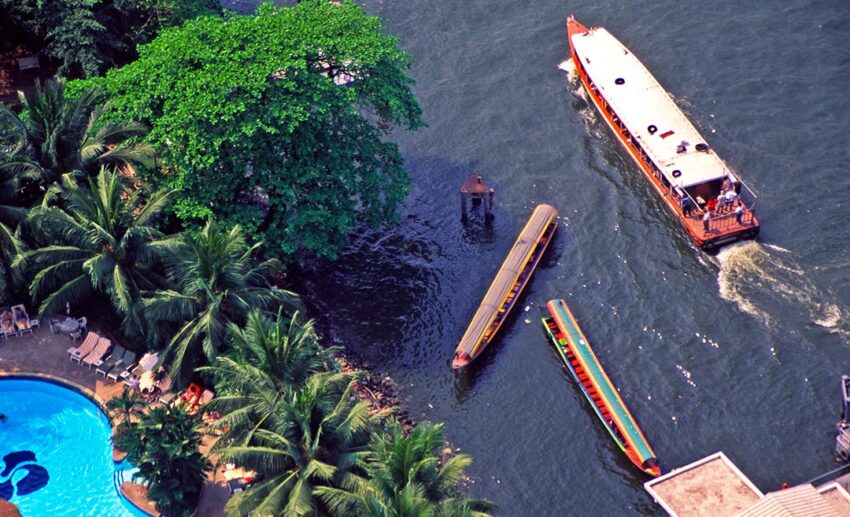
Express tour
Apart from when the river is in flood, a boat journey down the Chao Phraya is one of the best ways to take in many of the city sights and to appreciate just how valuable it is to those who live in the city.
The Chao Phraya with clumps of water hyacinth floating along the surface is one of constant activity during daylight hours. Ferry boats criss-cross it while others travel up and down moving people and goods along the river. One of the most recognised forms of river transportation is the Chao Phraya Express, and first-time visitors would be wise to travel on it to orient themselves to the city’s vastness. These express boats offer efficient transportation from Rat Burana District to Pak Kret District in Nonthaburi, the province immediately north of Bangkok.
Sathon Pier offers the best connection to the BTS Skytrain at Saphan Thaksin Station. Known as Central Pier Sathon (Thaksin), it is located on the eastern side of King Thaksin Bridge.
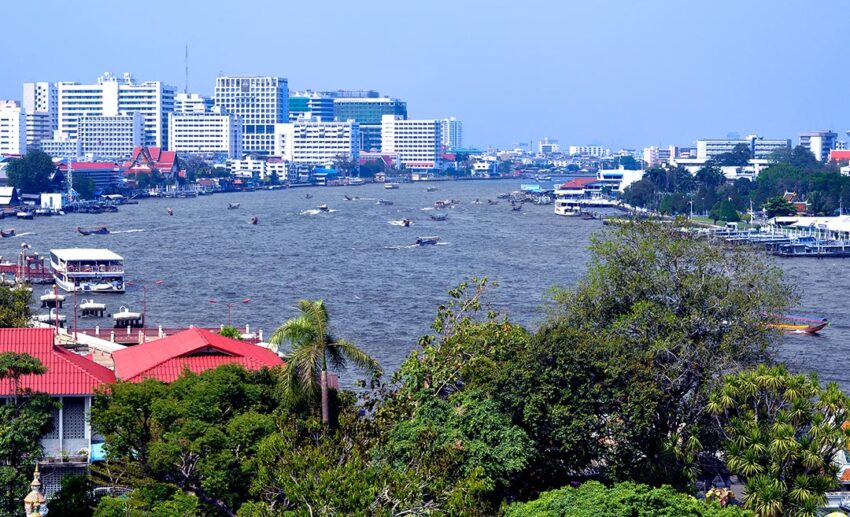
The journey
Established in 1971, the Chao Phraya Express Boat Company provides a service to local commuters but is now very popular with tourists.
Ferries travel north and south from here with stop number 33 or Pakkret (at the base of Rama IV Bridge) as the last stop in the north. The 21-kilometre route is serviced by express boats from 6am to 9:30pm during the weekend and 6am to 6:40pm on weekends and holidays. A ticket covering the whole route from Pakkret to Sathon costs less than RM8 (tickets can be purchased from some counters at piers or from the conductor on the ferry), so it offers one of Asia’s best-valued public transport journeys. Single journeys cost THB30 while a day- pass costs THB150 (roughly RM4 and RM20 respectively).
The route passes bridges such as the Krung Thon, Rama V111, Somdet Phra Pin Klao, Rama V, and Bhumibol. The ferry is a convenient way to visit some of Bangkok’s iconic sights like Wat Arun, the Grand Palace, Wat Pho, and the Flower Market. It’s also a great way to visit shopping precincts like the River City Bangkok, Icon Siam, and Asiatique.
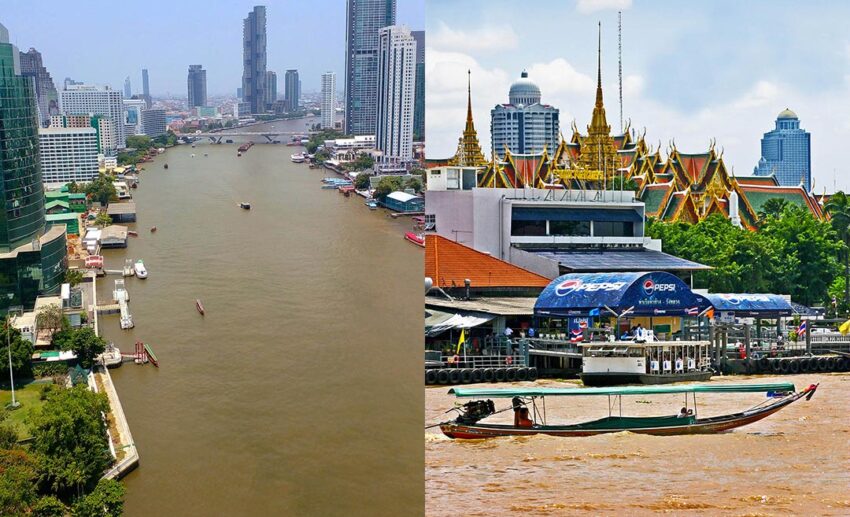
You’ll immediately notice that the Chao Phraya Express boats are sleek and narrow (about 5 metres wide by 30 metres long), mostly wooden vessels that travel along the river. Smaller boats operate across the river to connect those living on either side. As a general rule, the cross-river ferries are smaller and slower than the Chao Phraya Express which moves rapidly along the river and announces its impending arrival with lots of horn tooting.
Meanwhile, the boat crew take a no-nonsense approach to pulling in and out of the wharves with things done as quickly as possible. Passengers need to be in the starting blocks to facilitate this.
Each express boat can accommodate between 90 to 120 passengers and the external area at the rear of the boat is for those getting on and off, so it’s a good idea not to linger here. Double seating is located either side of a central aisle. Larger boats that accommodate 120 to 180 passengers also operate on the service with the ferry captain seated in a raised section above the passenger deck. The best seats on these boats are at the front, as the driver doesn’t obstruct the view like he does on the smaller boats.
Scenic river sights
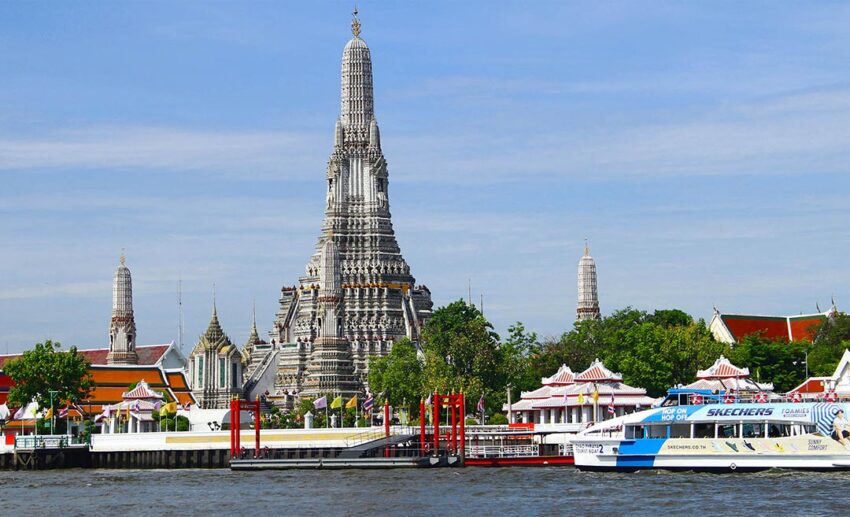
My recommendation is to travel on the express boat for several stops to get oriented to the route and the attractions along the way, or simply ride it until you’ve had enough and then alight and catch the next ferry in the reverse direction to the point where you started. This is definitely one of the most exciting and cheapest ways of exploring Bangkok’s riverside districts. Each stop is numbered N (North) or S (South).
Wat Arun or the Temple of Light is accessible via stop N8, and then a cross-river ferry. The temple is one of Bangkok’s iconic images that takes on magical qualities at dusk when the lights are turned on. It is also an impressive sight during the day. Visitors were once able to scale its lofty heights, but now the viewing is restricted to the ground level but this is still impressive. The famous Wat Pho (Reclining Buddha) is also accessible via stop N8.
There are several grand temples within the grounds of the Grand Palace too including the famous Wat Phra Kaeo (Temple of the Emerald Buddha). Passengers on the ferry need to alight for the Grand Palace at stop N9. Other stops of major interest are N11 for Thonburi Railway Station and N15 for Thewes Plant and Flower Market.
Sundowners at Seen
I returned to the Anantara Riverside Bangkok as I had made a sunset booking at Seen in the adjoining Avani+ Riverside Bangkok Hotel, which is under the same management as Anantara. Seen Restaurant and Bar is one of Bangkok’s legendary rooftop bars but unique in that it’s located on the western side or Thonburi side of the Chao Phraya. This means that the view takes in the spectacular Bangkok city skyline and the river. Seen is located beside the 26th floor infinity pool at Avani+, and the cocktails and South American-inspired dishes match the stratospheric views.
The Chao Praya is a regal river and a journey or two along it on a Chao Phraya Express provides an efficient and leisurely way to explore some of the best that Bangkok has to offer.

